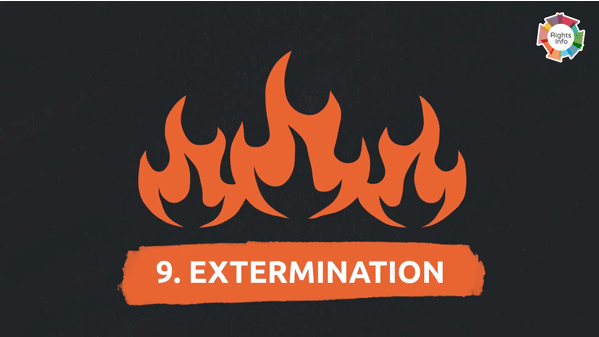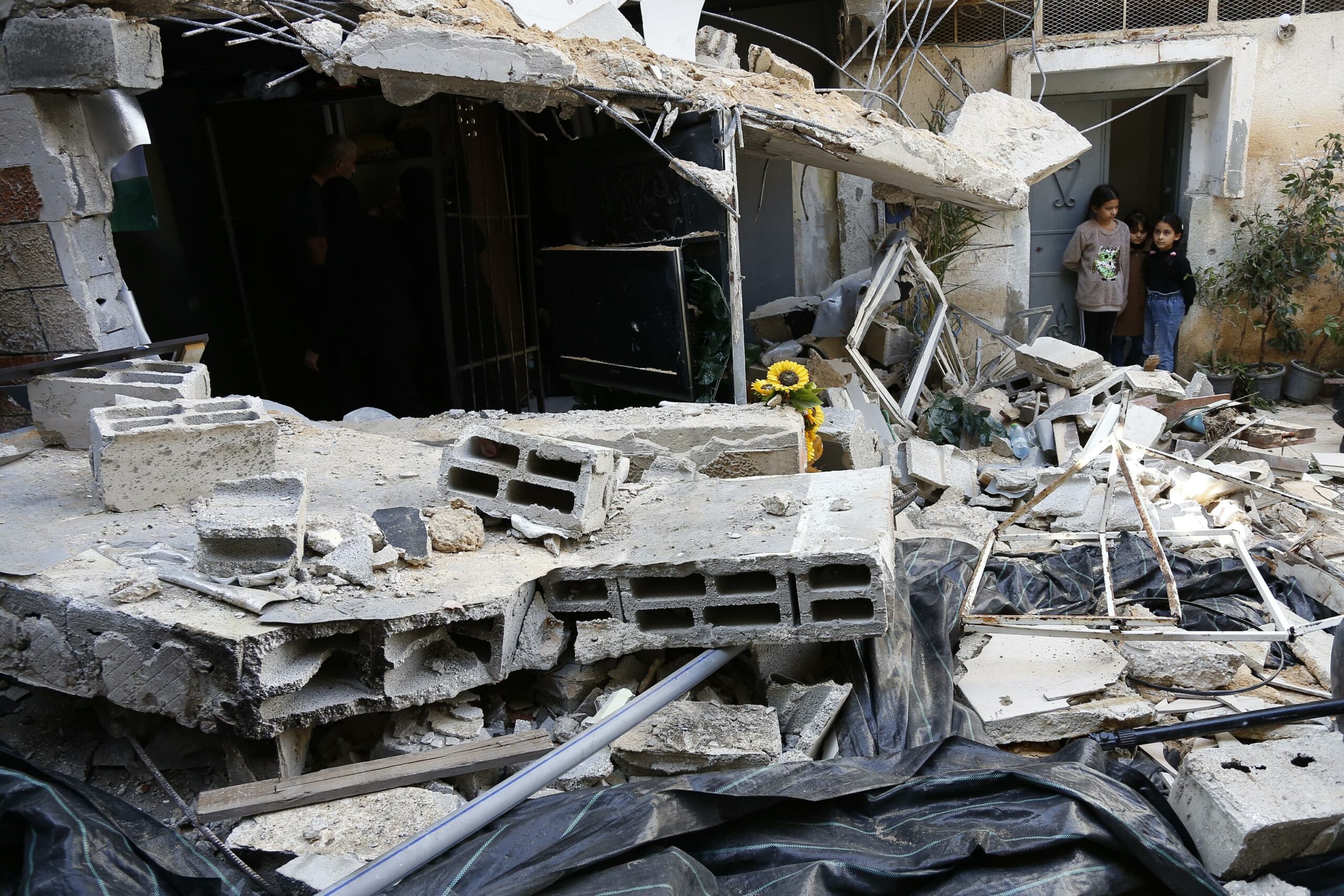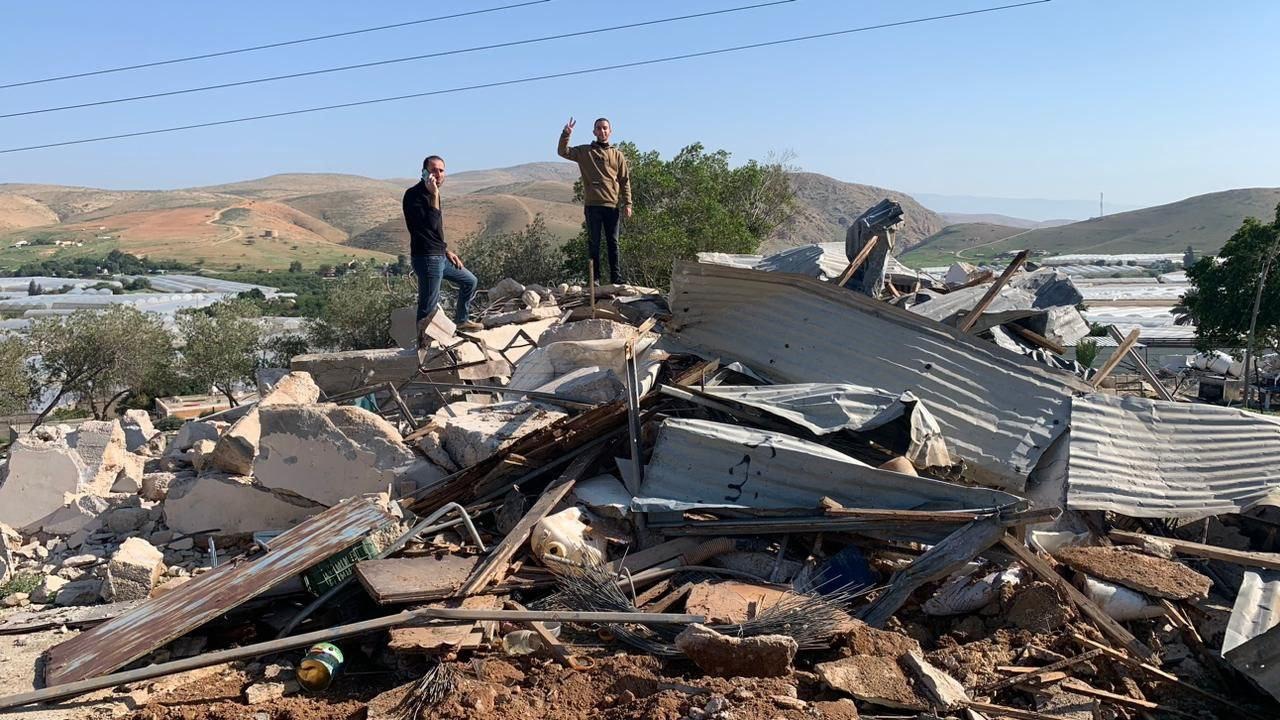-
The Language of Genocide: Israel’s Extermination Rhetoric
To whatever extent that rhetoric is a common tool of war, Israeli politicians and public figures have prolifically furnished the relentless and ongoing bombardment of the Gaza Strip with the language of genocide and ethnic cleansing.
-
Endless war – Nur Shams refugee camp
By Diana Khwaelid 30 December 2023 | International Solidarity Movement | Tulkarm A new Israeli incursion into the Nur Shams refugee camp continues an endless war of destruction after destruction. On the night of Sunday December 30th dozens of military vehicles, including D9 bulldozers, stormed the city of Tulkarm and the Nur Shams refugee camp […]
-
Human rights abuses in the Jordan Valley
29 December 2023 | International Solidarity Movement | Jordan Valley The following article is a snapshot of how life is under occupation and brutal settler colonialism for the Palestinian communities in the Jordan Valley. These incidents are just some that took place on one day (Friday 29th December). Israeli Occupation Force (IOF) soldiers, along with […]
Action Alert An Nabi Saleh Apartheid Wall Arrests BDS Bethlehem Bil'in Cast Lead Demonstration Denial of Entry Ethnic Cleansing Farmers Gaza Global Actions Hebron House Demolition International law Israeli Army Jerusalem Live Ammunition Nablus Ni'lin Prisoner Ramallah Rubber-coated steel bullets Settlement Settlers Settler violence Tear-Gas Canister Video



